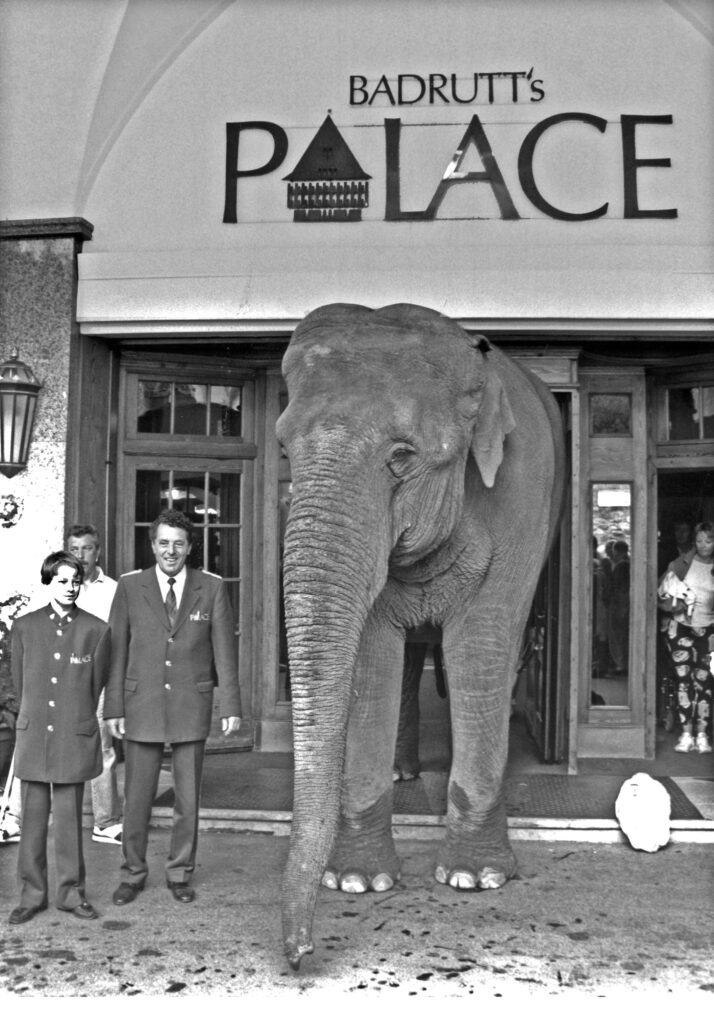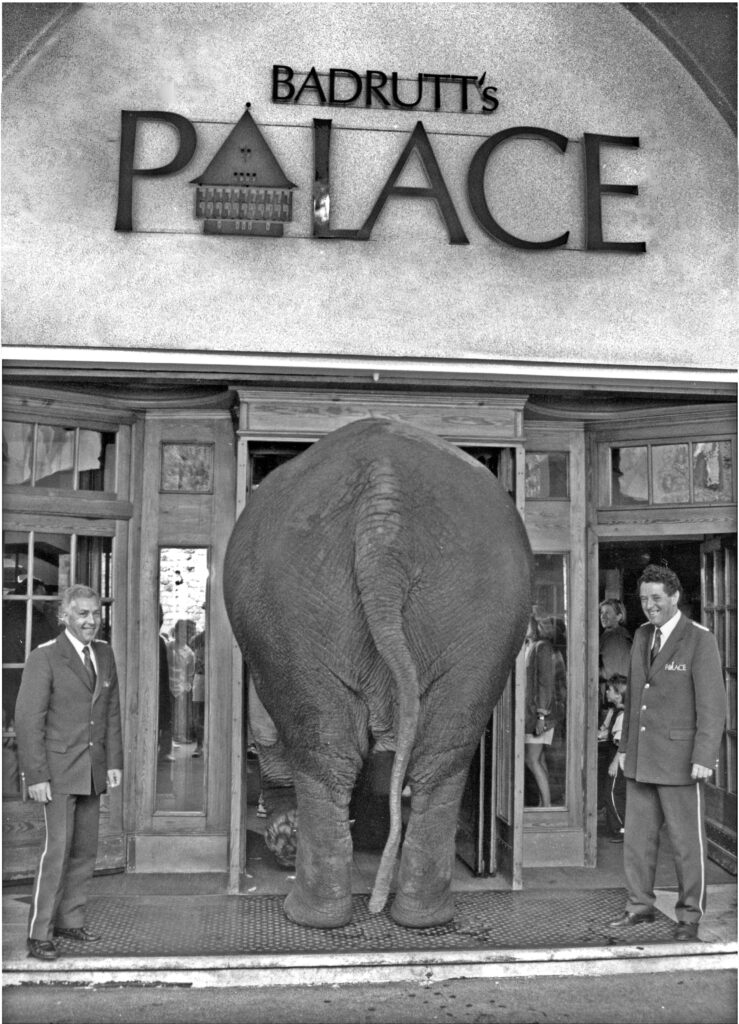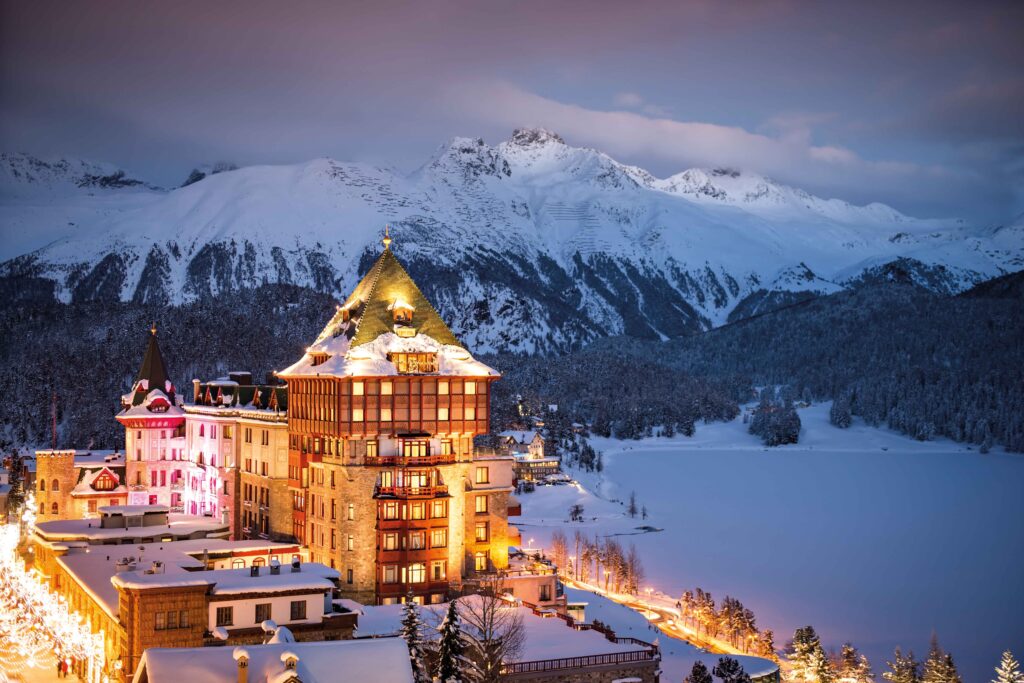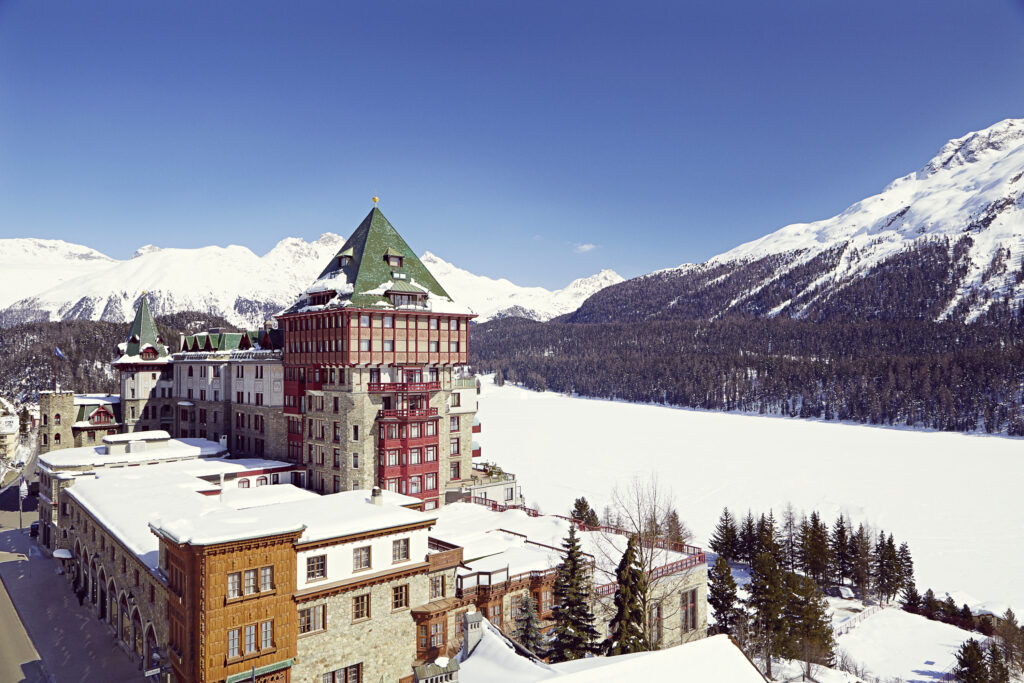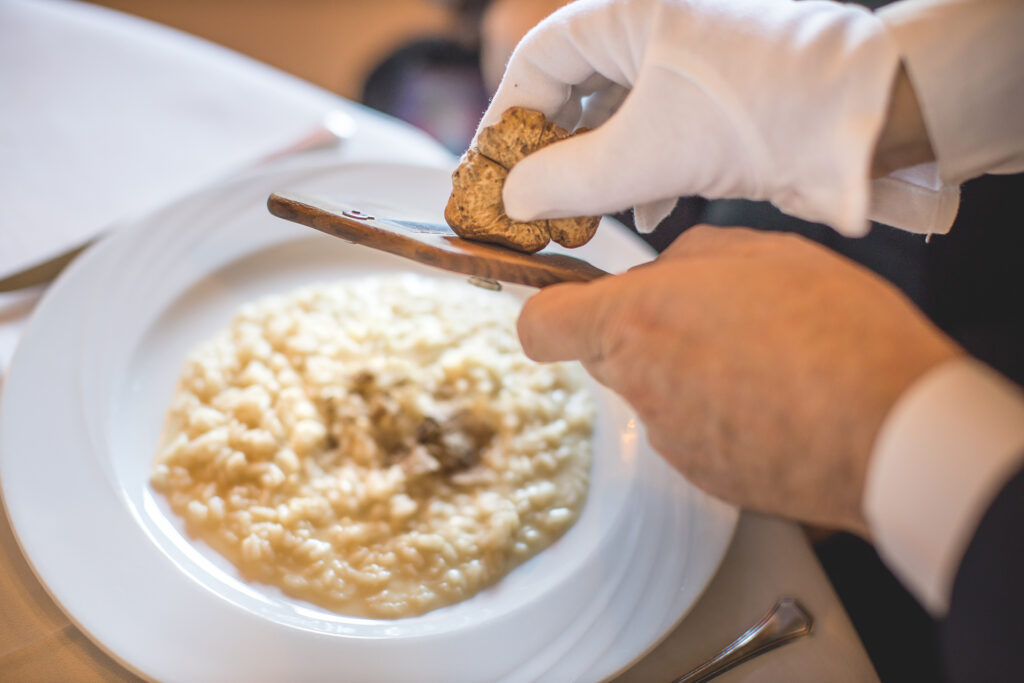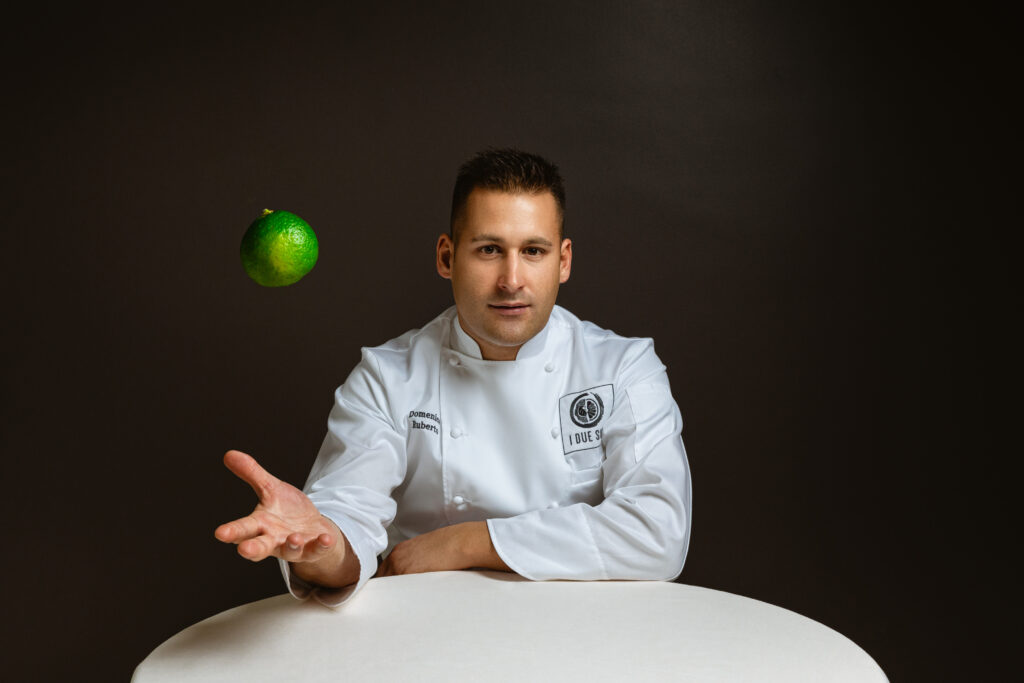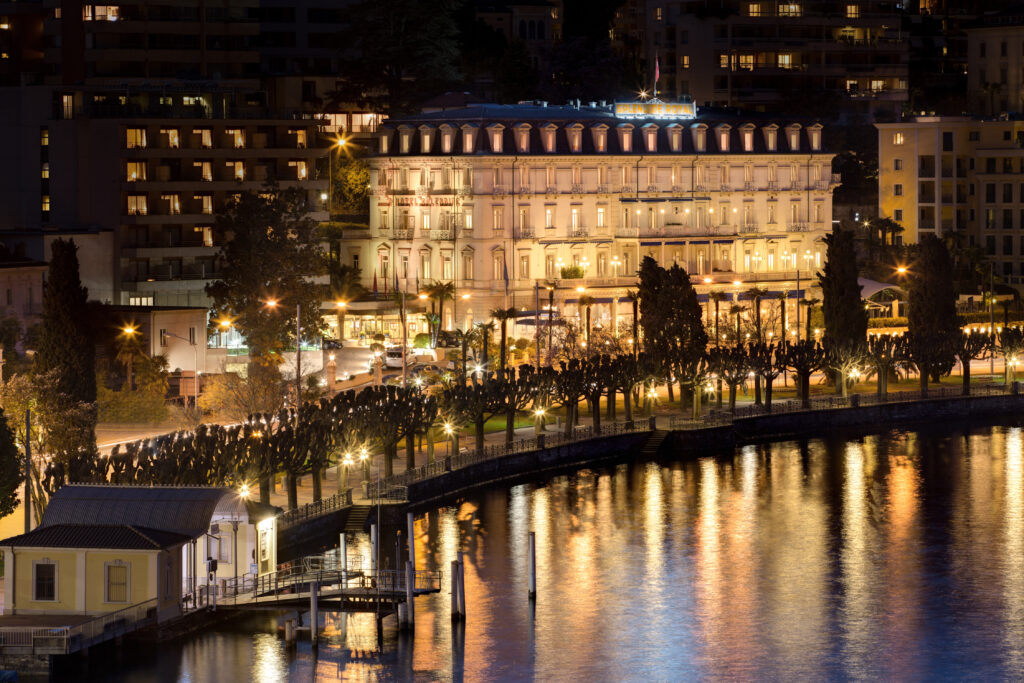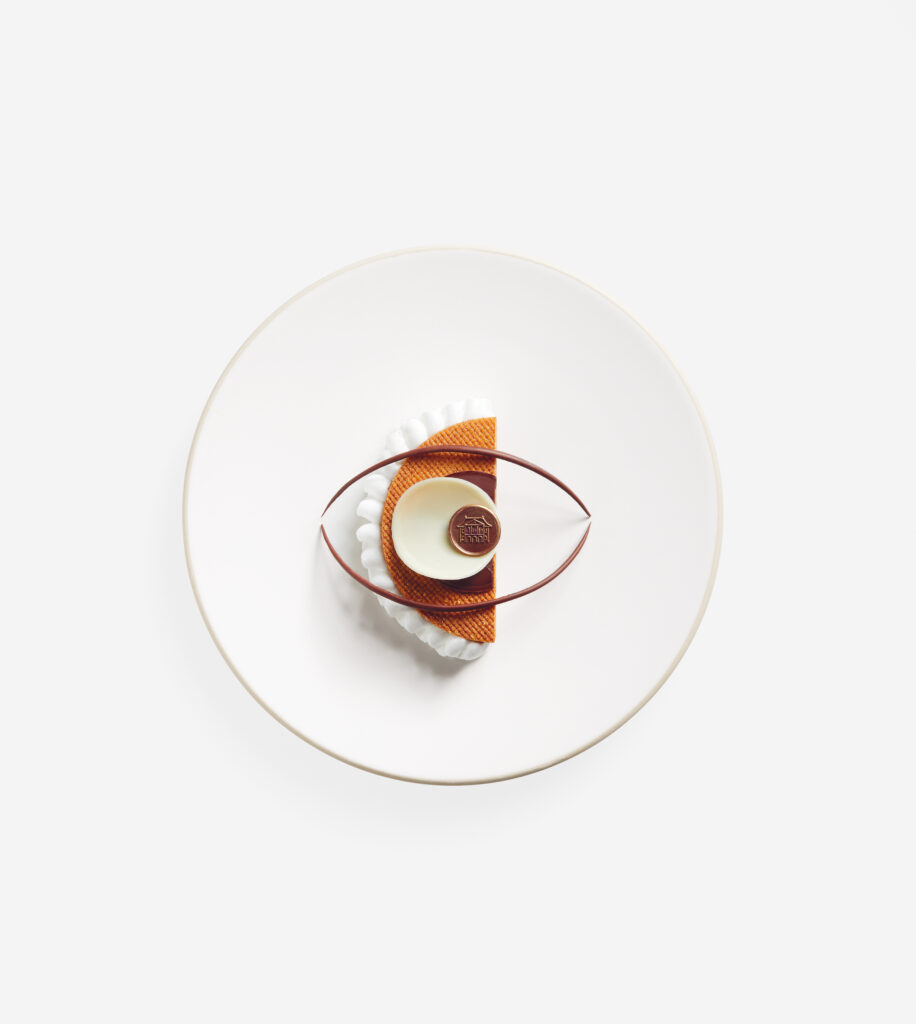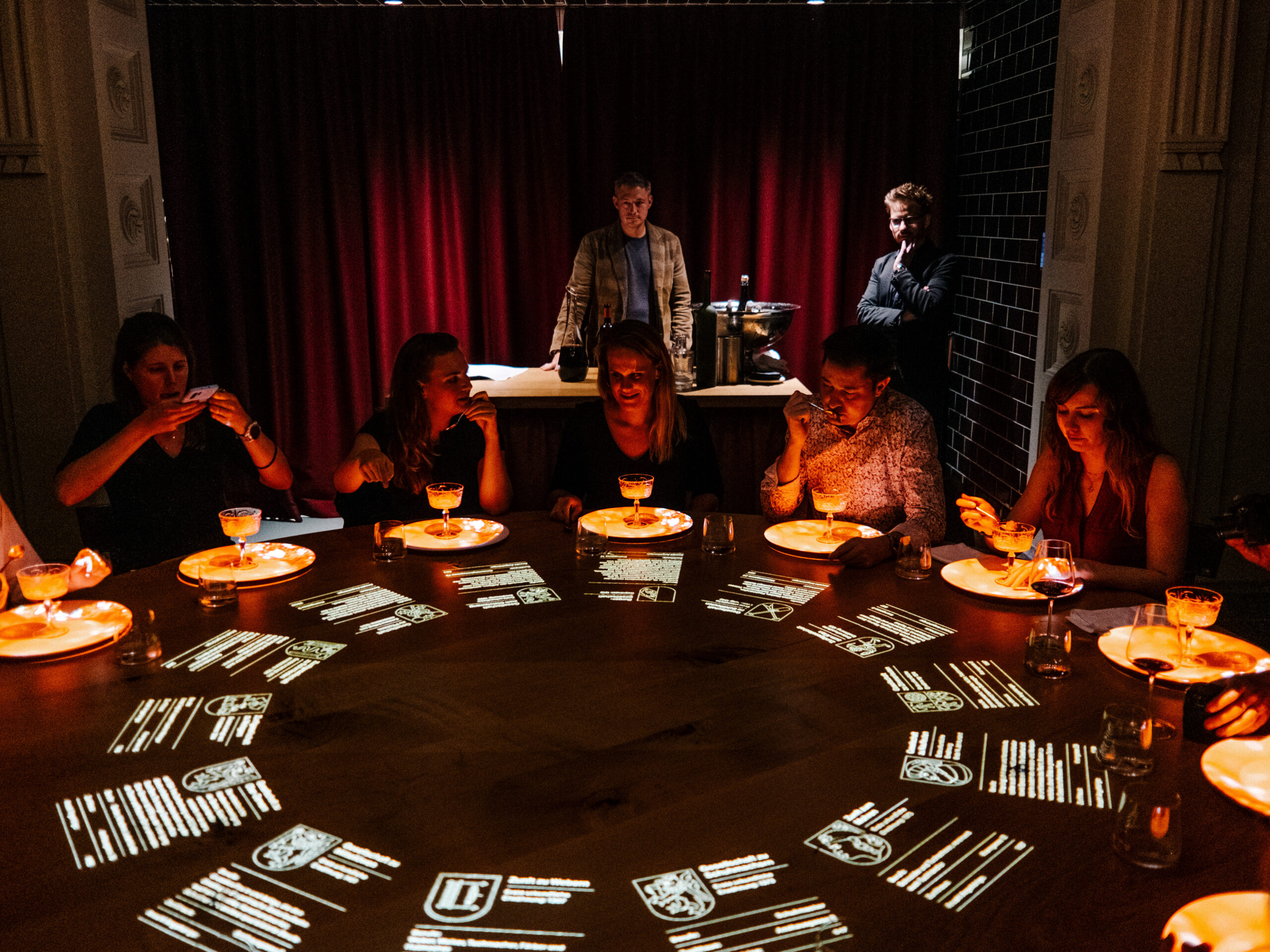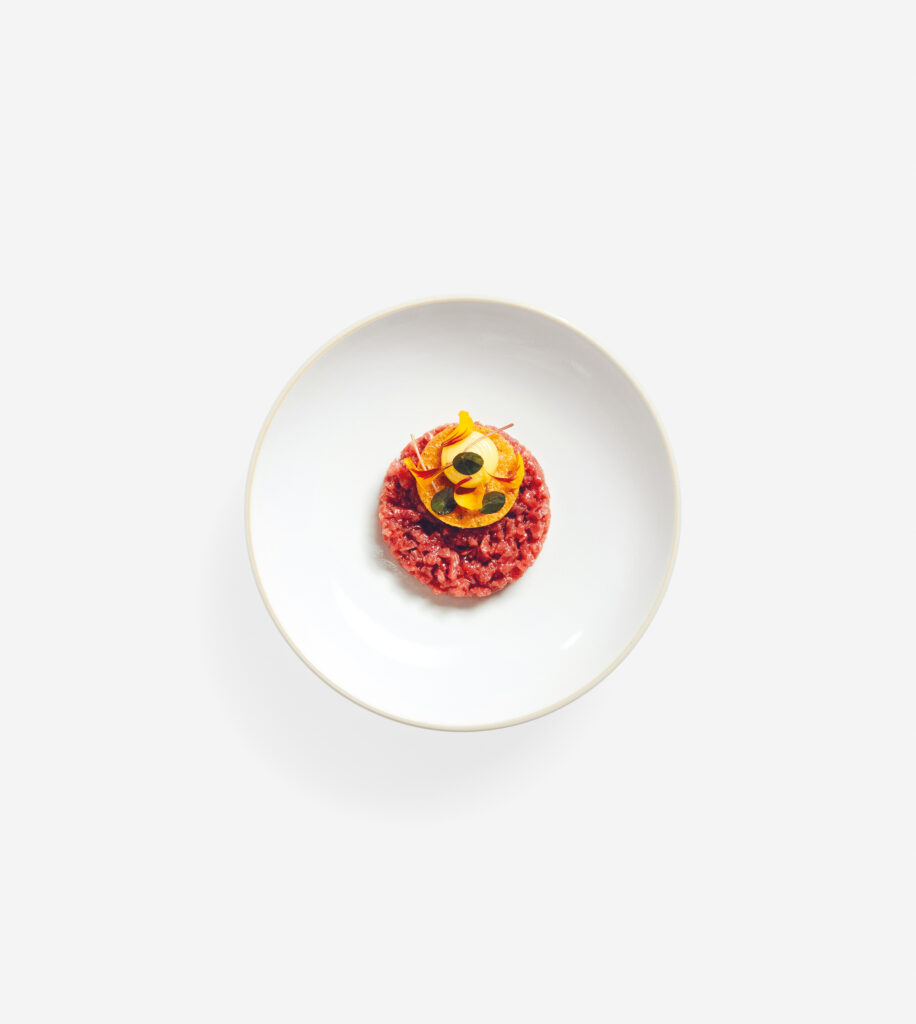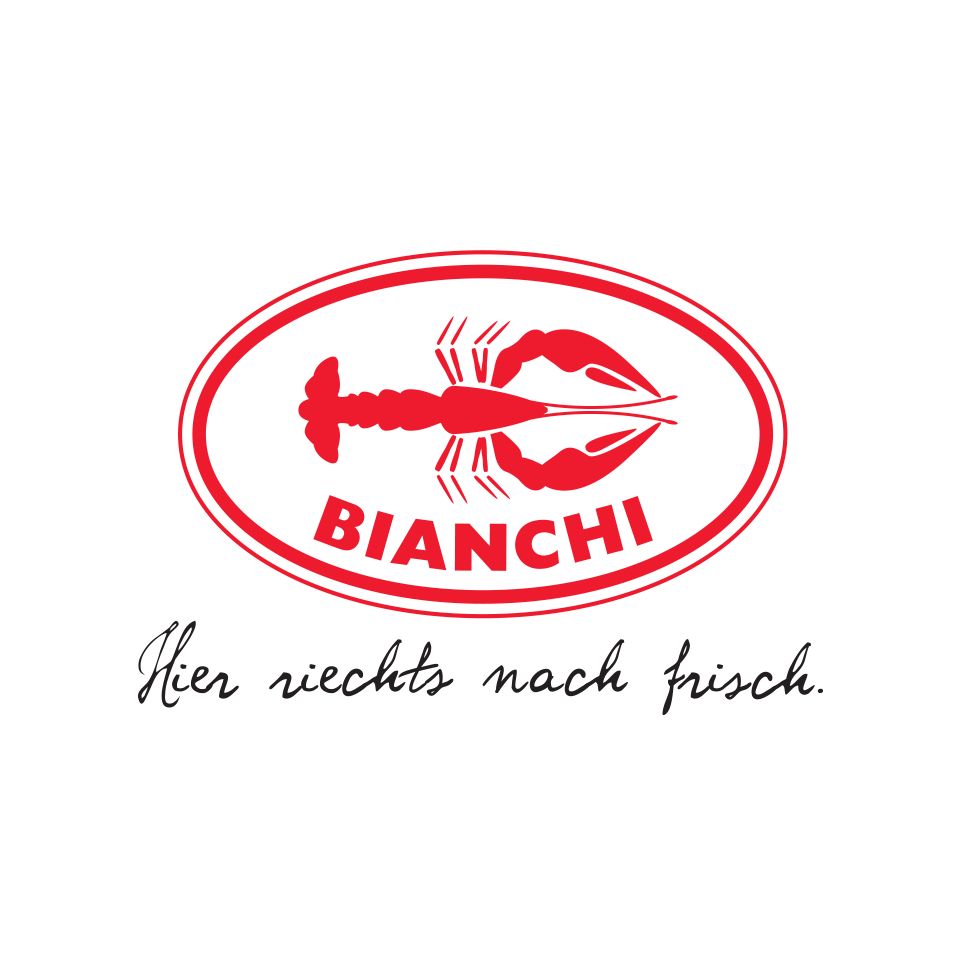Some hotels are lucky enough to be associated with extraordinary anecdotes that give them a mythical grandeur. This is certainly true of Badrutt’s Palace in St. Moritz. A look back on an institution with a history as impressive as the hotel itself.
As guests open the large, glazed wooden doors to the stunning hotel on the lake, they are greeted by breathtaking scenery. The reception, already imposing thanks to its large dimensions, exudes sophistication, luxury and excellence. In fine weather, the sun’s rays make the works of art on the walls, as well as the comfortable armchairs, look all the more magnificent. Every detail within the hotel and its rooms does justice to the name ‘Palace’.
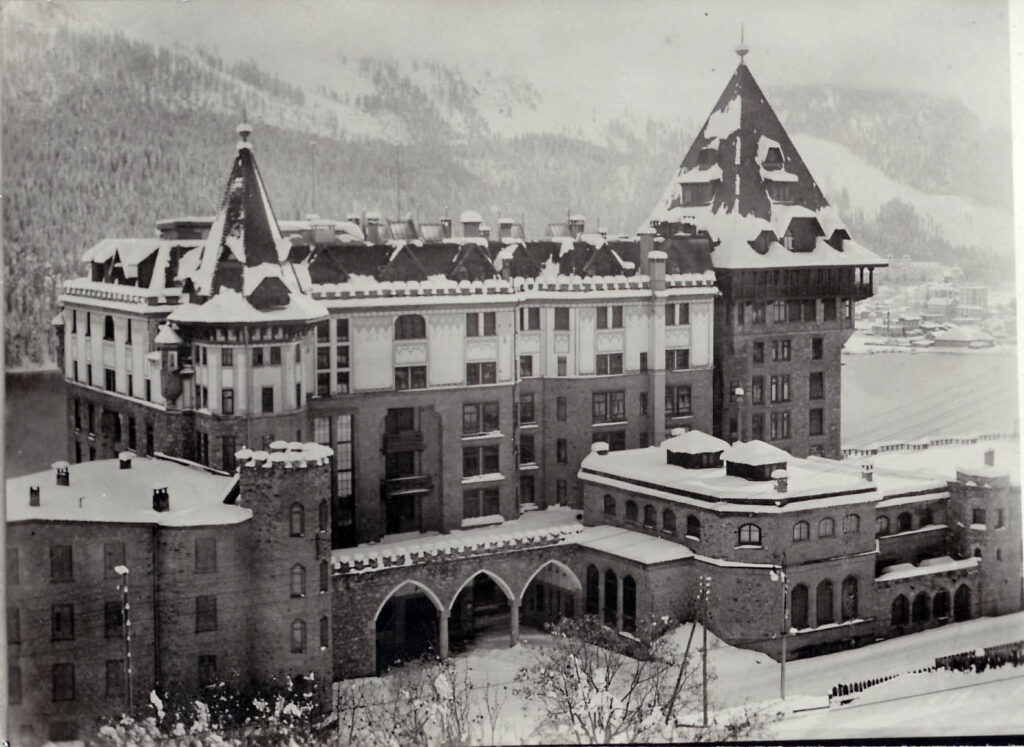
Flashback to the year 1858, when Johannes Badrutt, who was still working in the iron trade at the time, bought a guest house with 12 rooms in the village of St. Moritz.
The winters are particularly cold in the heart of the Engadine, and it was a risky decision for Johannes to open a hotel in this location. However, this did not put the avant-garde entrepreneur off promising his guests who had come from England in September 1864 that they would enjoy the most beautiful sunny days in the Engadine if they came back in the winter. Much was at stake for the bold man from Grisons as he invited them as his guests and agreed that he would reimburse them for their travel expenses if this was not the case. Johann was indeed proven right; the bronzed Brits did not forget this experience so easily and returned in the winter. In the meantime, he had constructed the world’s first curling and tobogganing run for his guests. The visitors were perfectly pleased and winter tourism in St. Moritz was born! Today, Badrutt’s Palace offers a variety of activities all year round, including tennis, spa, golf, fitness and cooking classes, fishing, ice skating and horse riding.
The guest house had been transformed into a luxury hotel, the Engadiner Kulm, when his son Caspar decided to buy the Hotel Beau Rivage directly below it in 1884. He passionately and resolutely carried out significant renovations, expanded the building and thus founded ‘Badrutt’s Palace’ in 1896 with 157 rooms and 43 suites. The third generation of the family took to the helm in 1898 when Hans Badrutt helped the hotel to prosper. His son, Andrea, then went on to give the Palace an international appeal. Under his aegis, personalities from the film industry, the art scene and politics stayed here, including Marlene Dietrich, Winston Churchill and Charlie Chaplin among many others. According to an amusing anecdote, the hotel and its magnificent postcard-like scenery are said to have inspired Alfred Hitchcock to create his famous thriller ‘The Birds’, as the American director watched how flocks of birds danced in the sky before swarming down to the lake from Suite 501.
The Palace has now definitely become a holiday destination for stars and other famous personalities, as well as for anyone looking for something special to cherish. A hotel that is characterised by its perfect, tailor-made service and its brilliant celebrations, thanks to which guests travel home beaming. That was also the case in 1992 when hotel guests were greeted with a special surprise as they looked out the windows of their suites: in front of the hotel stood beautiful limousines, elegant ladies and…an elephant!
This came about when a guest, who wanted to surprise his wife with an unusual gift, had asked the staff at Badrutt’s to procure something particularly unusual. The Palace team did not have to be asked twice and set to organising an elephant to transport the spectacular gift. After getting a hold of the animal, it was presented to the guests in front of the hotel.
Other extraordinary stories still circulate within the Palace today – you are sure to hear one or two more on your visit. And maybe your own story will one day be one of those that make Badrutt’s a legendary hotel!
Find more information on the hotel at: www.badruttspalace.com
